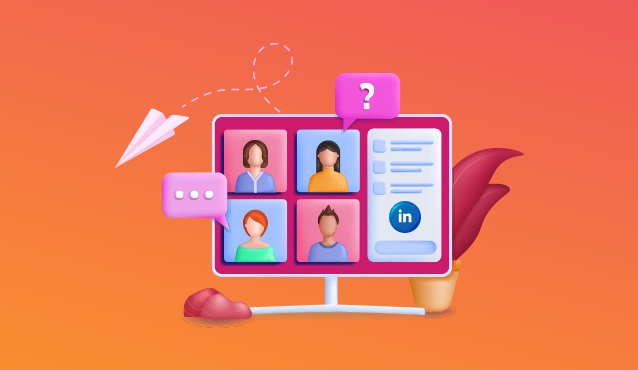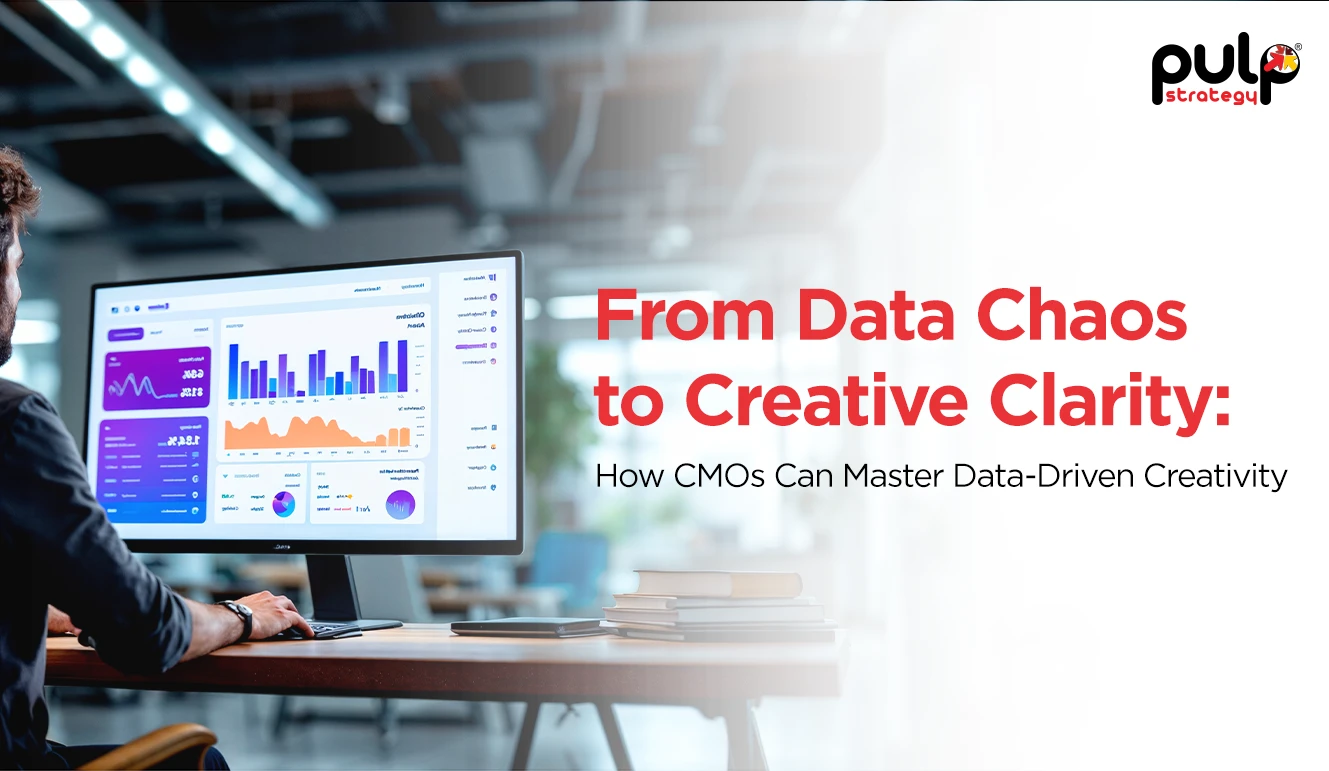Employee advocacy helps to build credibility for a company. When potential customers see that a company's employees are sharing its content, they are more likely to believe that the company is credible and trustworthy. Learn how you can drive employee advocacy via LinkedIn.
People don't buy from companies, they buy from people. This is one of the main reasons why your brand’s employee advocacy on LinkedIn can be a powerful and effective form of digital marketing. Employee advocacy on LinkedIn can be beneficial for both your brand as well as individual employees. Their LinkedIn advocacy can help build their personal brands, drive traffic to your website and LinkedIn page, capture customers at the top of the funnel, drive deals down the pipeline, and much more.
With all the positive outcomes, the LinkedIn employee advocacy program seems like the right fit for most brands targeting a business-focused audience. However, the harder part is organising the program. Let's see how you can initiate an employee advocacy program and garner results from it.
Employee Advocacy – What is it?
Employee advocacy is a strategy that companies use to promote their brand and content through their employees' social media channels. When done correctly, employee advocacy can be an extremely powerful marketing tool. It allows companies to tap into the personal networks of their employees, which can reach a much wider audience than traditional marketing channels.
Employee advocacy also helps to build trust and credibility for a company. When potential customers see that a company's employees are sharing its content, they are more likely to believe that the company is credible and trustworthy. There are many different ways to promote employee advocacy, but some of the most common include social media sharing, blog posts, and email campaigns.
Employee Advocacy – How to do it?
An employee advocacy program is a great way to get your employees engaged on LinkedIn. It can help promote your company and build thought leadership. But how do you structure an employee advocacy program on LinkedIn? Here are a few tips:
Define your goals.
What do you want to achieve with your employee advocacy program? Do you want to increase brand awareness, generate leads, or something else? Once you know your goals, you can structure your program accordingly.
Implement guidelines and rules.
Be clear about what you expect from your employees in terms of participation and behaviour. This will help ensure that everyone is on the same page and that the program runs smoothly.
Promote content that aligns with your brand.
Make sure that the content you share through your employee advocacy program is in line with your company's values and message. This will help to ensure that your employees are promoting content that is positive and helpful for your brand.
Train your employees.
Once you have implemented your employee advocacy program, be sure to train your employees on how to use it effectively. This will help them get the most out of the program and maximise its benefits for your company.
Employee Advocacy – How to Motivate Your Employees?
Every employee is different, and not everyone has the confidence and motivation to post company-related content on their social handles. Just signing up and having a one-on-one meeting isn’t enough to motivate your employee advocates to start posting and stay involved. Here's how you can add the motivation factor:
Find their why
Employees sometimes need internal motivation. 'Because it's good for the company' kind of thought is usually not enough to motivate a person. By finding out their personal reasons to join the advocacy program, you can identify the below benefits, like -
- Recognition as a go-to expert in the industry
- Increased awareness of their existence and expertise
- Portfolio of the content they create
- Participation in a community of thought leaders with whom they can learn and collaborate
Educate them about the benefits for their employer
As helping the company alone may not be the biggest motivator for employees, how it could benefit the company, in the long run, can help them understand the program better. Share how the company could benefit by detailing how it can increase brand awareness, shorten the sales cycle, and increase talent attraction as well as retention.
Maintain frequent checks
Create and maintain a dedicated internal communication on any of the tools like Slack, Skype etc. where you can invite employees to share their posts, questions, and wins. Weekly analytics can be shared to show which posts resonate the most with the audience and which might require improvements. Monthly meetings with advocates can help the ones who may be struggling.
Provide resources for assistance
Employees are more likely to get active on LinkedIn when you share the right resources with them like videos, and articles, or conduct training sessions on how to create good content. During onboarding, share internal training videos and documents on personal branding and LinkedIn best practices.
Share weekly editorial calendar prompts, curated content, or educational LinkedIn posts in your work dashboard. Schedule a monthly LinkedIn training workshop, a live brainstorm session, and/or one-on-one meetings to go over their content strategies.
Employee Advocacy - How to Measure the Success?
In a LinkedIn employee advocacy program, success can be difficult to measure. However, you can look at profile views, following, and connections. If the numbers are rising, it is an indication that their branding is growing, and impacting the company's brand value as well.
Encourage employees to share metrics like direct messages and replies, invitations to guests on podcasts, virtual event interactions, reshares and mentions. You can also analyse individual posts to gain a better understanding of the impact on thought leadership.
For example, any post with a large number of comments indicates that the employee is giving valuable insights into creating and engaging in meaningful conversations. If the reshare number is high, your employees are saying something that resonates with or helps someone.
If you are looking for someone to help you set up and drive your LinkedIn employee advocacy program, look no further than one of the leading strategic marketing agencies in India, Pulp Strategy.









